Now, for the die-hard whitewater kayakers, you might have heard about the legendary Saryjaz river in Kyrgyzstan, a hard, uber-remote section of river that flows past 5,000-metre peaks and into China. We decided to take on the final, and hardest, 100 km of this river and I’ll give you a bit of insight into how to keep our team friends throughout the ten days away from civilisation.
For those of you that aren’t die-hard white water kayakers, this expedition would take over our lives, minds, bank accounts, energy and much more for the months before and after this proposed ‘holiday’. As a bunch of incredible kayakers, when I was building the team I was looking past these skills to practical skills, some of these considerations included previous expeditions, first aid skills, endurance ability, cooking skills, improvisation and most importantly optimism. I was incredibly lucky to bring a team together that would leave me as the weakest member of the team.
Sometimes when you bring a team together there are life factors you have to work around including time off work (lame), pregnant partners or empty bank accounts. I’m a firm believer that there’s always a solution to these minor factors from ‘working from van/ airport’ on travel days, upgrading satellite phone contracts and paying for other people’s flights. The only thing we couldn’t get around was getting Rob the security clearance from a ‘big scary adult job’ to travel to Kyrgyzstan and at the time unfortunately he wasn’t in the position to quit his job just for the expedition. Rob, if you’re reading this, we need more commitment from you next time please.
After four days of solid travelling, with only forty minutes of kayaking to break it up, we were at the put on of the Saryjaz river. What did we know at that time? We were going to be alone, with no chance of rescue, no easy way down or back for around twelve days. The unique parts of this expedition is first that of its remoteness, we drove to the end of the road and that’s where we put in. Secondly the river flows into China and to carrying on paddling past the boarder would mean we’ve illegally crossed the boarder. The idea of Chinese prison didn’t appeal to any of us. The expedition as planned would be between four and five days of kayaking and then six to seven days of hiking back to the end of the road. These stats are enough to put off most kayakers.
One thing none of us knew was how to speak Kurdish or Russian, so communication was always interesting to say the least, the only thing on our trip that didn’t need much translation was at a military outpost, where the soldiers told us the river was very high compared to when kayakers normally visit.
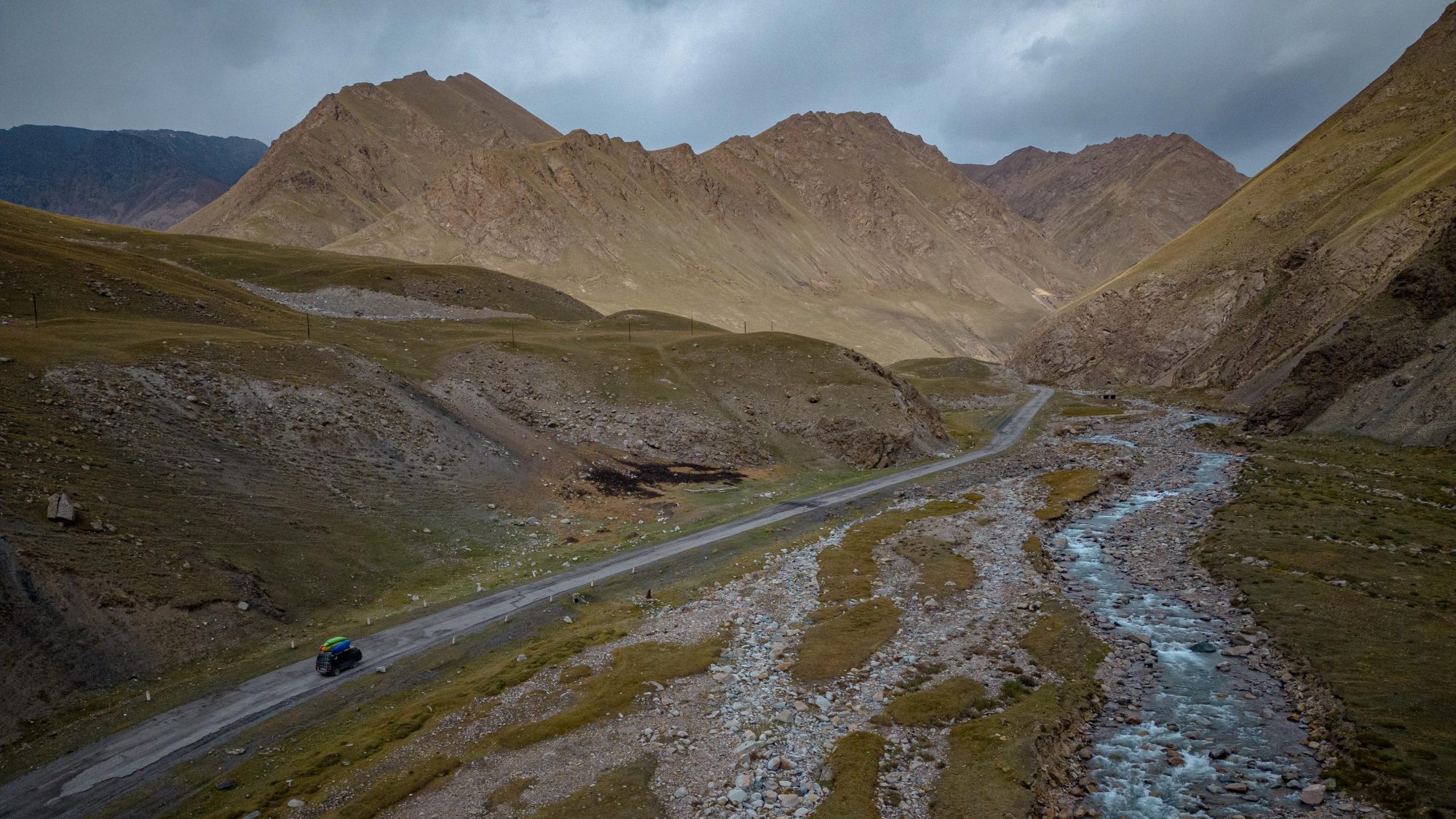
Whenever you’re on the water with a new group no matter the distance, duration or difficulty, the group dynamics are always interesting, these can really make or break the whole paddling experience. I’ve had some of my best times on 15 mile flat water trips in Bedford and worst times on the Wellerbrücke in Austria and it’s all down to the crew and vibe of the people around me. As the leader of this expedition I was keen to make this as enjoyable as possible, the expedition was too hard to have us falling out as well.
Now you may be thinking about a whole heap of things we could do to make this easy for ourselves, instead, we threw an invite only VIP party in the back of the van (minus the disco ball and lasers) all the way to the river and some of us were more worse for wear putting on for the first day of the river than others. More pre-trip training next time, Pod.
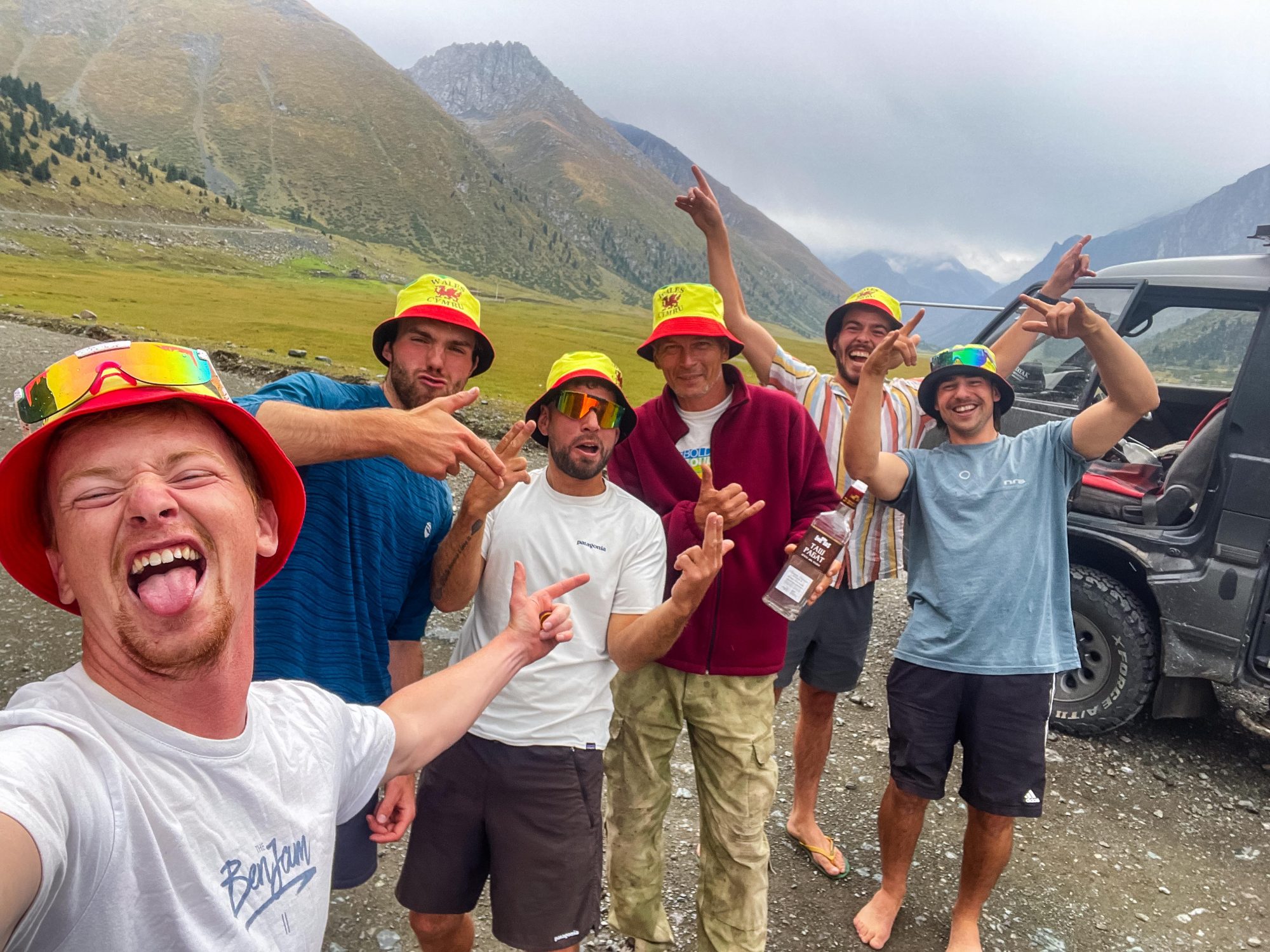
Our next move that didn’t put us on the perfect start was around 25 km into day one, where we turn a corner to find ourselves committed to our first rather large rapid of the trip with no time to eddy out or do much more than that to be honest … a whole heap of waves, holes and kayaks coming left, right and centre … we eddied out after and came to our first group decision to not let that happen again.
From this point onwards our bonding was complete and the solution based thinking was back in full swing. Whist around camp trying to make a rock hot enough to fry steak our evening lifestyle routine started. After being fed, we could all think straight again and it was time for ‘story time’ – not quite the bedtime story Aaron was hoping to go to sleep to but the reading of the short but highly useful notes from Tomas Marnics, a previous expedition leader, on what the next day would entail. The brief for the second day read like this “Day two – big rapids, if the water level is high, a lot to scout but everything goes. Some big lines.” Not much to go off, but enough for us to be prepared for what’s to come. Especially if day one was described as “relatively easy whitewater”.
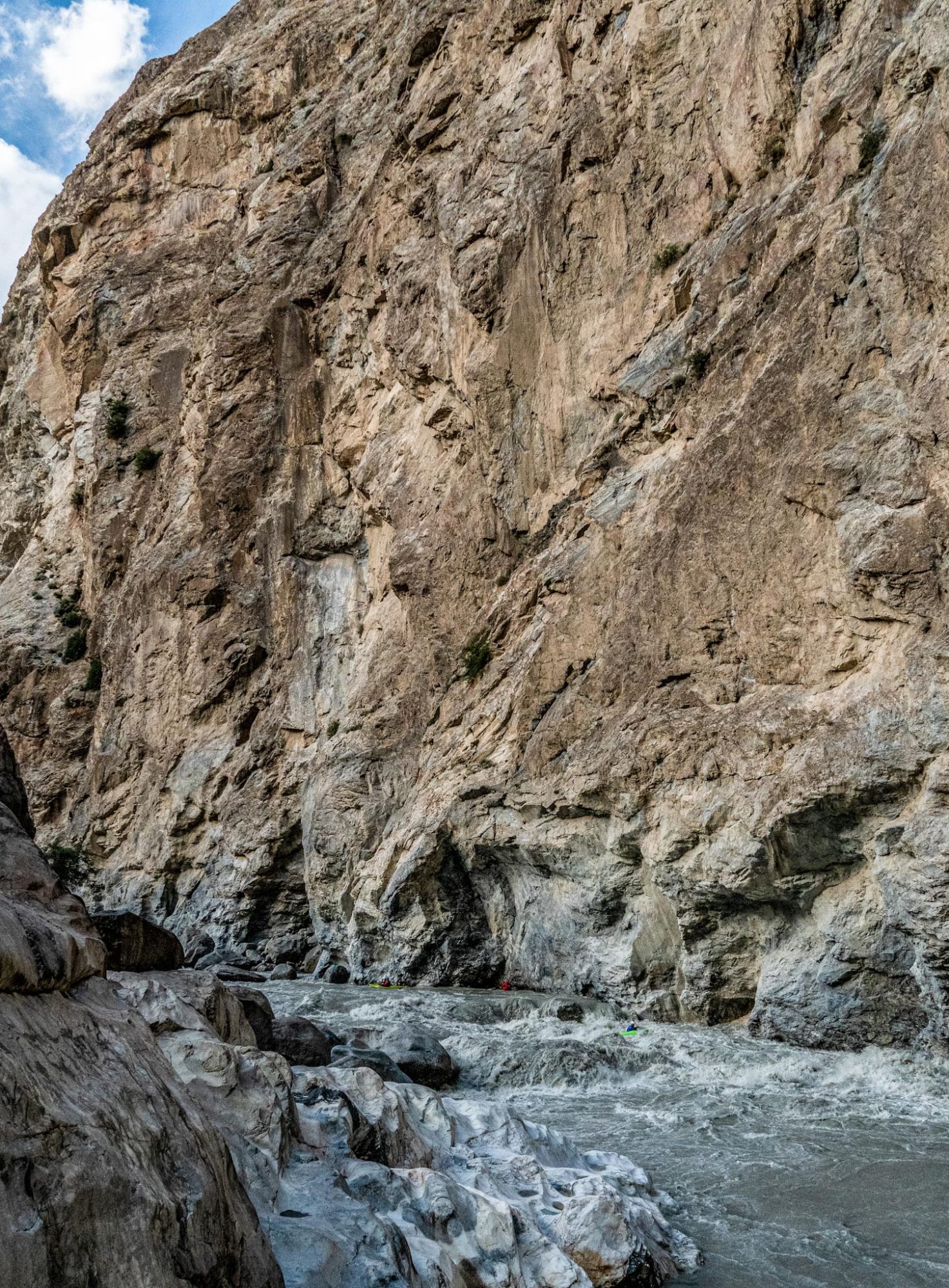
Whist story time gave us clarity on what was to come, my background in youth development got us doing ‘peaks and troughs’ something many of you may be familiar with. Your favourite part of the day and your least favourite part of the day. Now there’s a whole heap of ways to play this one, play your cards close to your chest and say the blaring obvious or get thinking of those smaller moments and interactions that actually meant more to you than just kayaking a big rapid, helping a buddy when they just needed a little hand or the shear humiliation of losing a drain plug thirty minutes into the trip.
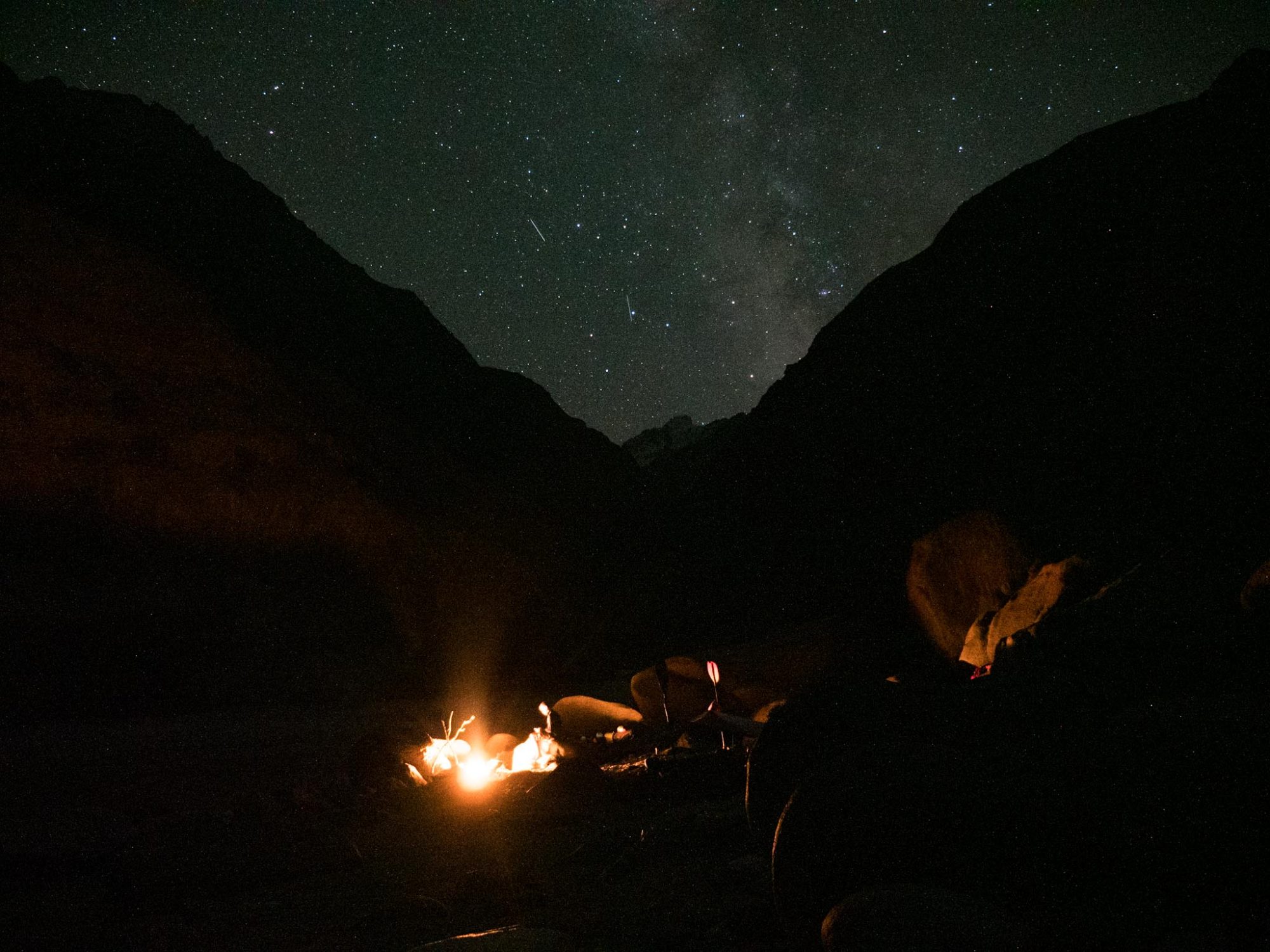
The final thing we discussed each night before adding more wood to the fire and admiring the milky way was ‘housekeeping’ not in the sense of who was doing the dishes, Sheerer boasted too much about how washing up at home with cold water annoys his girlfriend a lot so took the charge of that. Housekeeping was the time where we could air concerns about how people could be better, work more efficiently or just do things differently to make everyone experience more enjoyable and less stressful. Some of these examples were keeping helmets on whist filming on the river bank as all of the rocks we loose and it was a simple thing to avoid a potential serious injury. Or later in the trip involved me reaching out to the rest of the team after a long gruelling day of hiking to ask to share some of my gear with people if they could take an extra bit of my gear to help me out and us move more efficiently as a team. Fortunately the boys are my heroes and helped me out for the last one-and-a-half days with a piece of gear each.
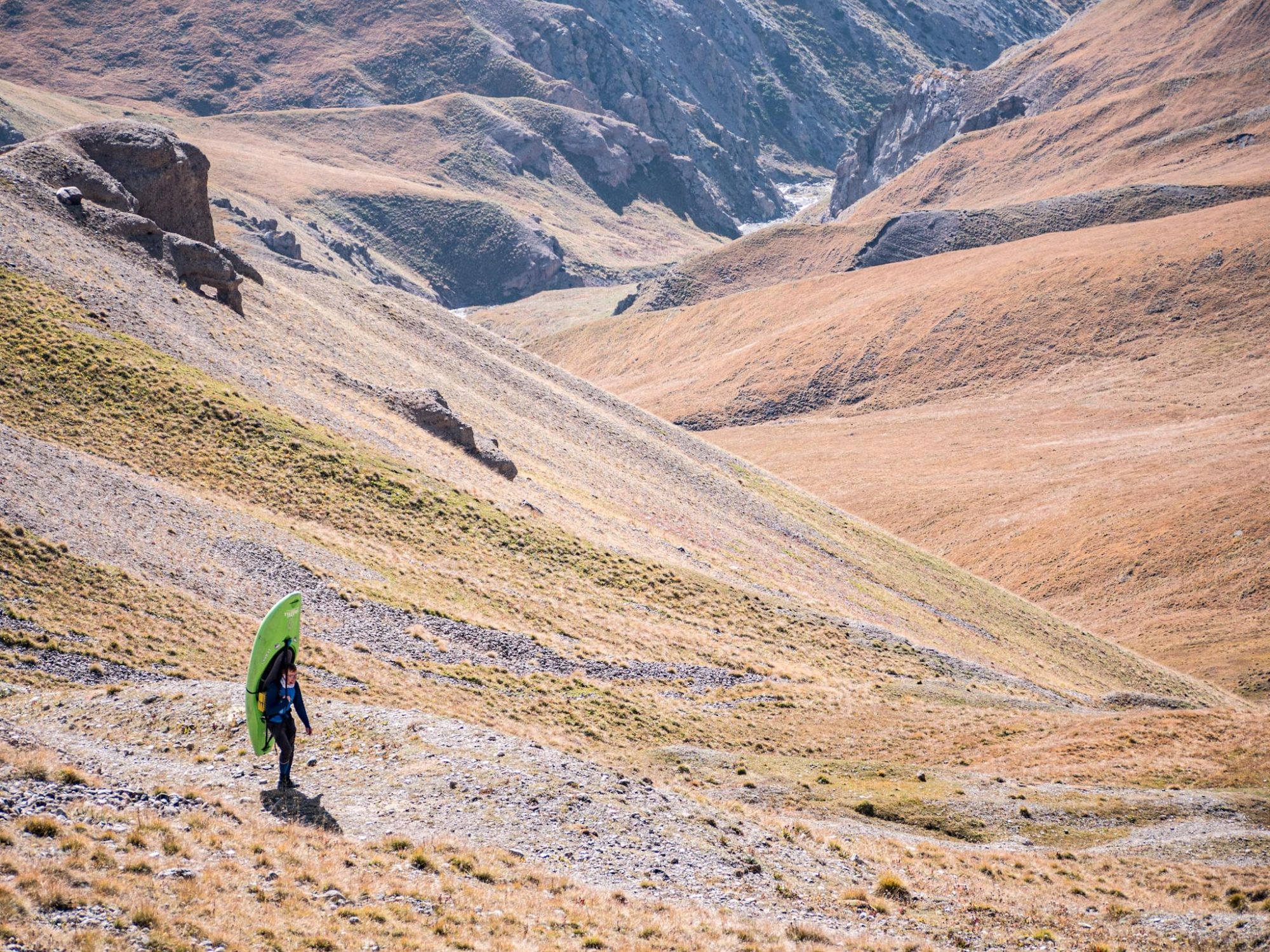
Other than these small but important talks, group dynamics flowed seamlessly no matter how long the day was, how scary the swim was or how sunburnt I got. I’ll let you work out who slept under what tarp after the segregation of snorers vs non-snorers though, this helped everyone a lot!
You’ll be pleased to know Huw came on this expedition voluntarily and has now paid me back in full for the trip, Aaron’s face has healed, Sheerer has brought more party shirts and Pod and Lowri have a beautiful baby boy named Cai. But if you want more about some of those stories check out our Vlog series on the Pistyll Productions YouTube. Thank you for everything lads!
Final note – no I won’t be doing the Saryjaz again … we made such incredible memories I want those to stay with this place forever. There’s a whole world out there and I can’t wait for the next adventure to the next new location.